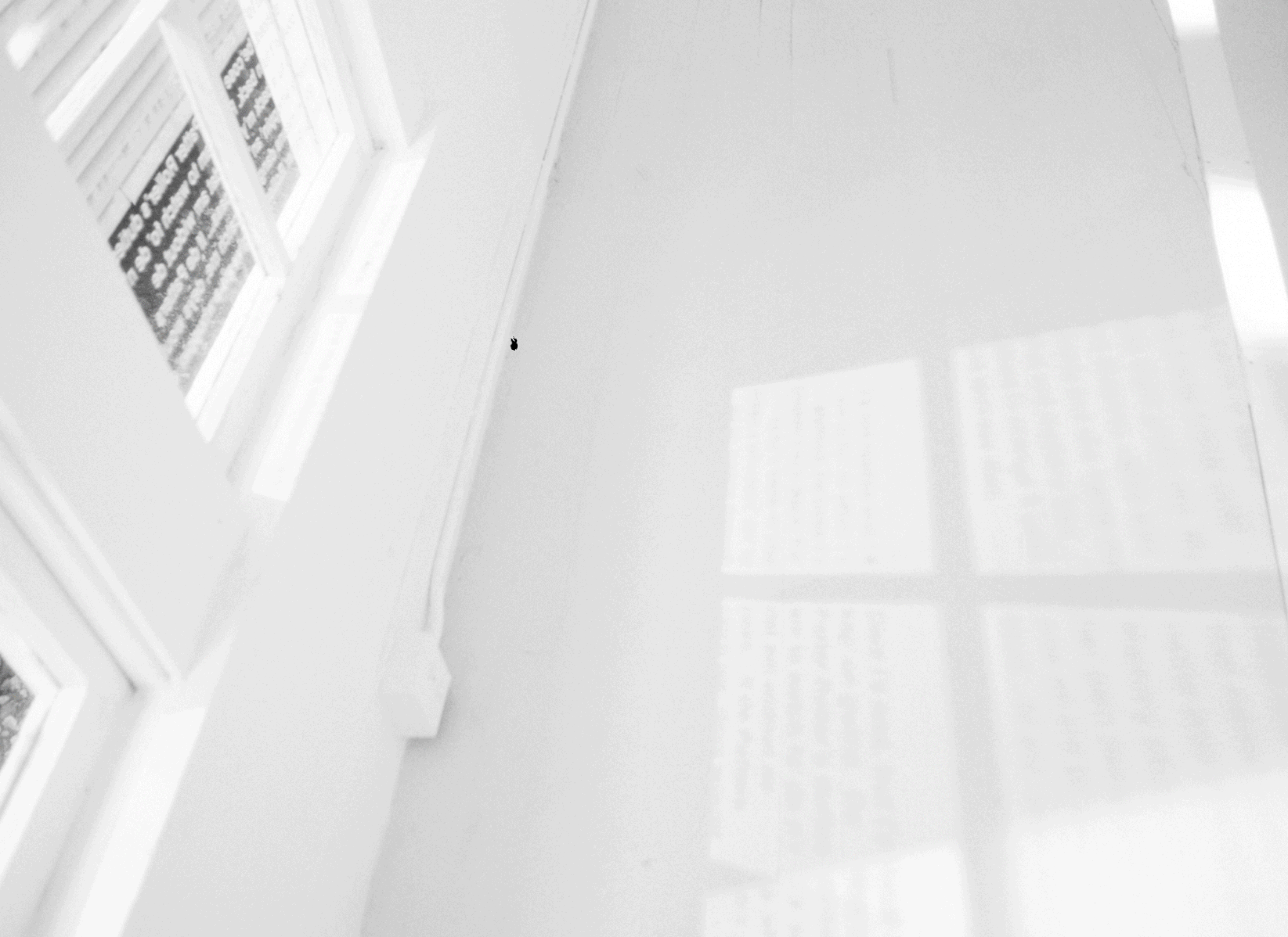
The Huston Edition: Intimate Landscapes (of the Shotgun House)
Intimate Landscapes (of the shotgun Project Text (replace text from this morning)
intimate landscapes (of the shotgun house embodies absence. Light, shadow, and reflection evoke slippages between the physical presence of the house and the metaphors projected onto it. Falling shadows and projected text produced a spatial resonance, allowing traces of an undocumented past to register in the present. Light and shadow as materials became media with which to retrace domestic relationships within the house.
The shotgun house typology is often associated with poor communities in the rural South. Modest in size and generic in quality, the house is framed by a metaphorical narrative derived from the alignment of the front and rear doors, such that an unobstructed path for shotgun pellets is formed. The collapse of violence onto the house encapsulates cultural antipathy to the presumed inhabitants and eclipses the domestic nature of the environment.
The genealogy of the shotgun typology can be traced back to slave-plantation housing, and through the transmission of culture, even further back to traditional West African dwellings. Additional material analyses of Southern slave-plantation architecture has revealed clandestine trails blazed by enslaved persons into the countryside and surrounding woods. These paths formed alternate circulation systems between neighboring slave plantations using fields, marshes, woods, and waterways to build clandestine and loosely structured networks that crossed property lines.
Meditating on the architectural discourse of the house brought forth the question of domesticity in the shotgun typology. The search of domestic traces within the house that could be drawn from the historical record, included the firsthand accounts of self-emancipated and formerly enslaved persons. Unexpectedly, these texts revealed subjectivities that conveyed the fact that the will, thoughts, and feelings of enslaved persons on colonial slave plantations were not wholly subjugated.
Acknowledging the historical network of secret paths—counter to the direct passage implied by the shotgun typology—was a critical provocation of the research and the installation. These paths had embodied the possibility of agency for enslaved persons; for intimate landscapes, they drove the conceptual development of material and metaphorical states integral to the project. The row house interior was zoned as a slave plantation network. Threads in the narratives became organizers for the narratives projected in the house to haunt the whitewashed surfaces at three domestic scales: the collective or field, the family or hearth, and the individual or self.